When you choose to tile your wall or floor, it’s not simply a matter of choosing the right tiles; you also need to choose the right pattern in which to lay them. With a wide range of different patterns to choose from, each of which can achieve a different effect within your room, you’ll have plenty of choice – so even if you choose the same tile as your friend or neighbour, it can look very different.
Straight Lay
The simplest pattern is simply to lay your tiles in a block. This works very well to enhance the beauty of the tiles themselves. When you have large tiles, it can also serve to accentuate the space of the room. When you use straight lay, you can choose either to accentuate the lines between the tiles with visible grout in a contrasting colour, or to use a matching grout and a very narrow join to conceal the lines.
You can also use straight lay with tiles that have an inherent variety of patterns in them – this allows the patterns in the tiles to be seen to their best. If you’re doing this, it’s a good idea to experiment with different tiles in different orders, turning them around to find the best effect.
Diagonal
Simply by laying your tiles at an angle to the room, you can add some interest to the floor and create a more expansive effect. Again, with large tiles this can accentuate the space of the room, and you can choose whether to conceal or accentuate the grout lines.
Staggered Brickwork
Rather than setting your tiles straight against each other, you can set one row off from the other – usually by about 33% of the length of the tile – to create a staggered brickwork effect. This adds visual interest. Many tiles are available which have a wood pattern effect, and using staggered brickwork patterns with this kind of tile gives you a pleasing floorboard effect.
Running Bond
Similar to the staggered brickwork effect, with running bond you lay the tiles off by half the length of the tile. This has a more geometric look than the staggered brickwork, and works well with larger tiles.
Alternating Horizontal
Similar to the Running Bond pattern, only instead of using tiles of the same dimensions you alternate a square tile with a rectangular one. This creates a very pretty geometric effect, and if you choose tiles with varied patterns this will add extra interest.
Herringbone
An excellent pattern for use with long, narrow tiles, the herringbone pattern creates a zigzag effect on the floor. This creates visual interest and can have the effect of leading you through the room, so it’s ideal for hallways. This is another pattern that looks particularly pleasing with woodwork effect tiles.
Versailles
By using tiles of the same pattern but different sizes – typically one large rectangle, one small rectangle, one large square and one small square per repeat – you can create a beautiful pattern that adds a lot of interest to the room. This is particularly useful for large rooms, where you don’t want the floor to appear to be a blank space.
Random
Although it looks random, these patterns require very careful planning. In order to achieve a centred look, with different patterns throughout the room, you will need to work very carefully, so that it looks random and not simply messy.
Colour Patterns
By using tiles of different colours, you can create a gorgeous pattern. A prime example of this is the checkerboard pattern – where you simply alternate two different colours in a straight-lay pattern – but you can create a wide variety of designs in this way.
Whatever patterns or designs you may have in mind, here at Tile Mart you can find an extraordinary range of bathroom tiles, including bathroom wall tiles , bathroom floor tiles and much more at excellent prices. For more information, contact us on 01772 550900 or visit one of our showrooms.




















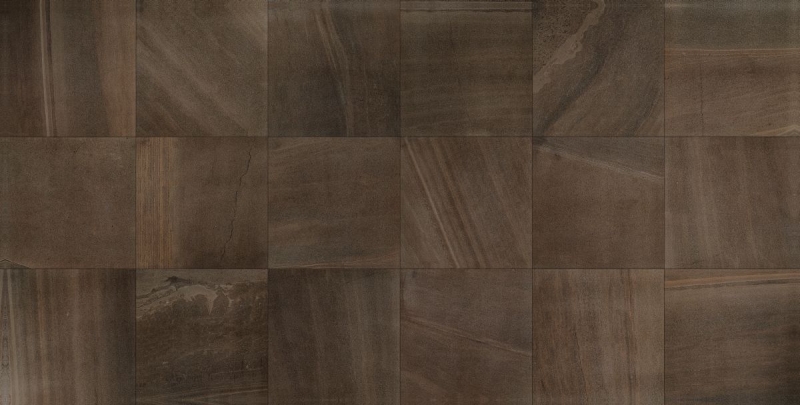

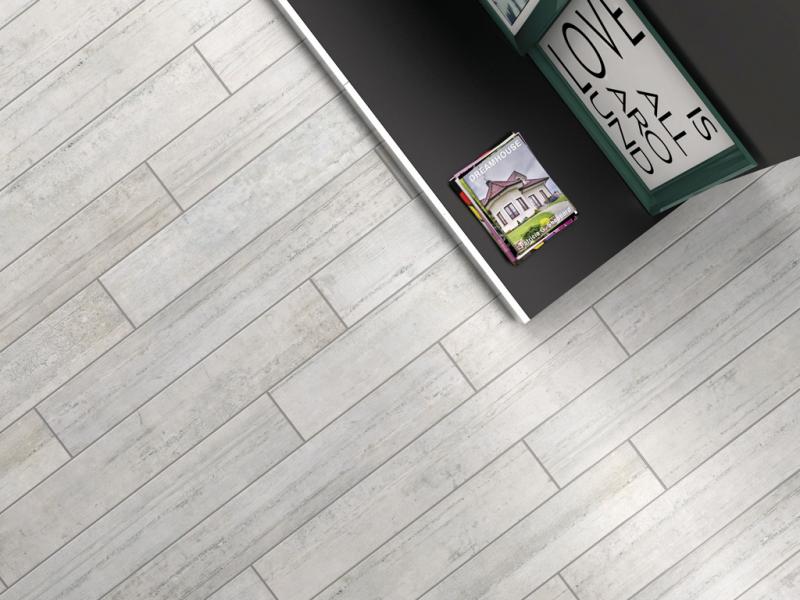
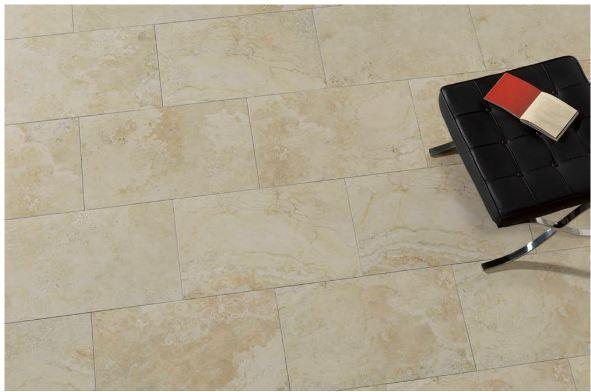

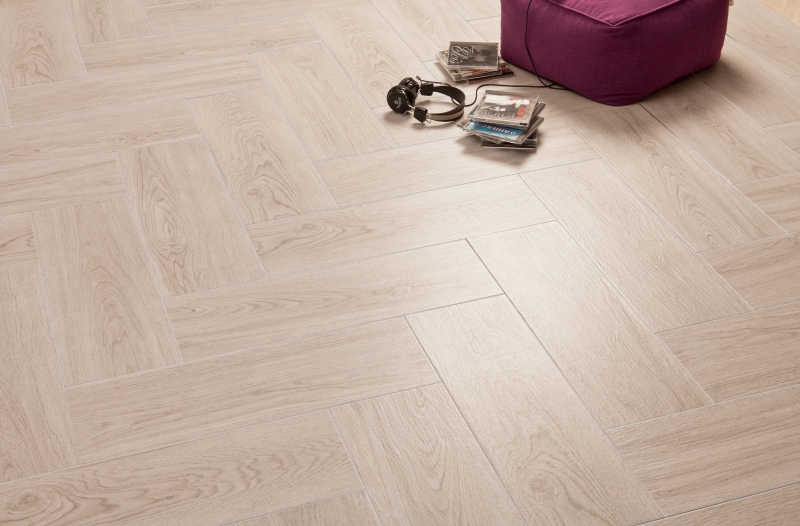
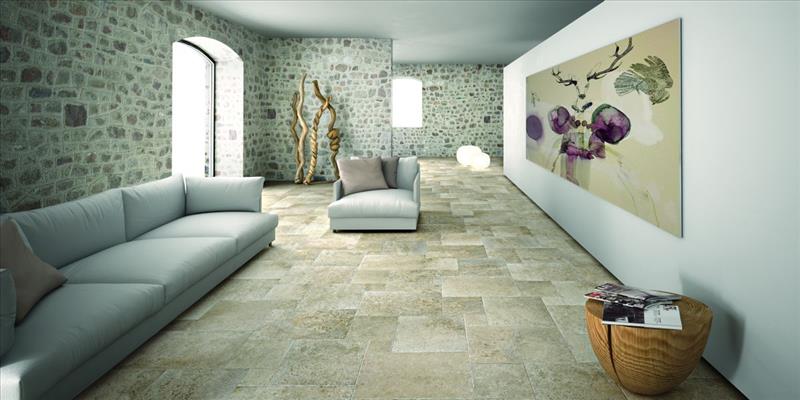
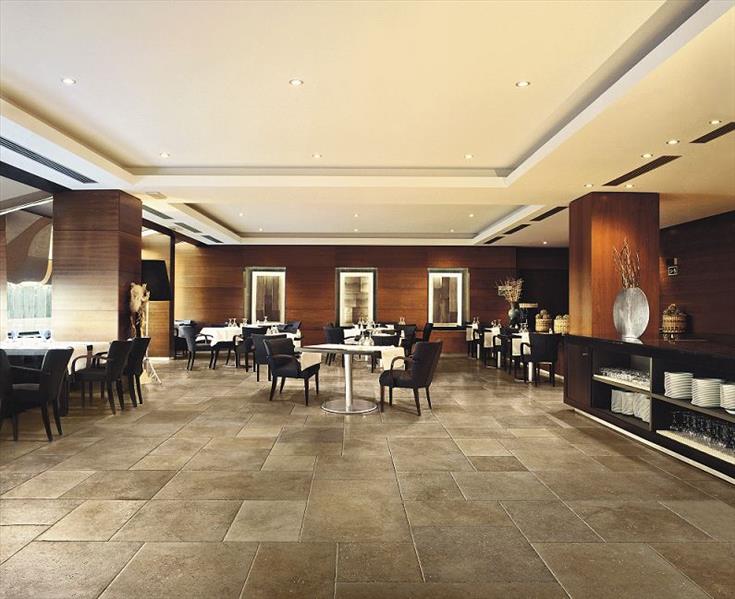














Leave a comment
This site is protected by hCaptcha and the hCaptcha Privacy Policy and Terms of Service apply.